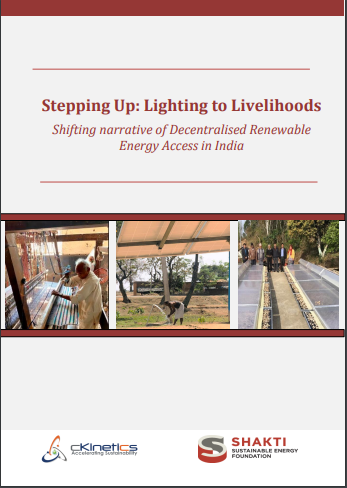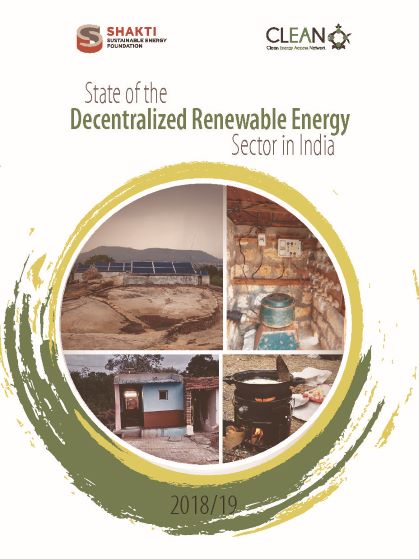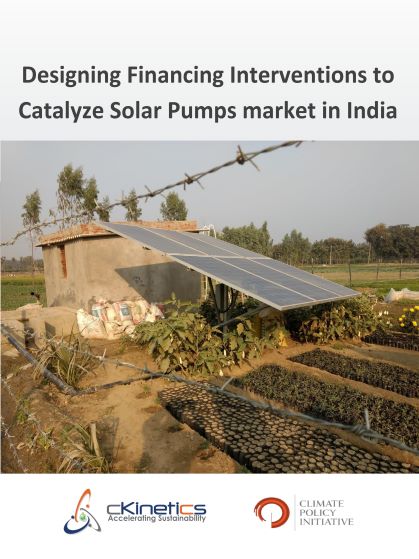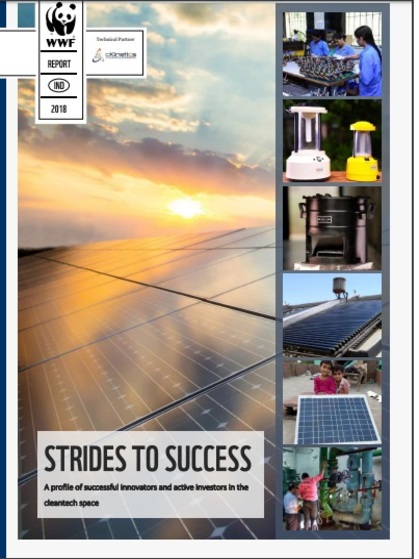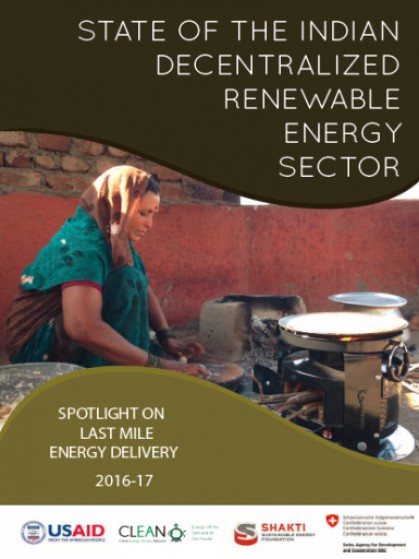Leveraging CSR funds for creating resilient enterprises in the DRE Sector
Given the lack of low-cost, long-term capital availability in the distributed energy access domain, grants in the form of corporate social responsibility funds (CSR) have supported a number of off-grid projects in the past in the country. With the enterprises in the sector foraying into newer segments. the opportunity for and role of CSR funding is also seeing an upswing.
Between Jan-June 2019 alone, nearly INR 330 mn (~$4.7 million) have been allocated towards the DRE space as CSR grants with REC Foundation and HCL foundation being some of the active donors in this segment. Over an interaction recently, Dr. S.N. Srinivas, CEO, REC-CSR Foundation shared about the activities of the foundation and his perspectives on the likely engagement and funding for DRE initiatives going forward.
a) What areas does the REC Foundation focus on and how much of the funding is typically made out to DRE related projects?
As part of its’ CSR initiatives, REC Foundation typically supports socially beneficial projects across 12 thematic areas which includes environmental sustainability, sanitation, and hygiene, healthcare facilities and skill development, among others. Typically, around 15 percent of the total CSR budget is allocated towards energy-related interventions. During 2013-2018, REC-CSR has spent broadly around INR 1.05 billion towards renewable energy projects and has enabled deployment of around 150-200 mini-grids and 150,000 solar lanterns in states such as Rajasthan, Jharkhand, Odisha, and Haryana. Apart from these projects, the company has also supported the deployment of solar charkha, street lights in the past and has funded the training of individuals for assembling and repairing of solar lanterns, as an activity under skill development and education. One of the advantages in funding energy-related sectors is that it cuts across various sectors i.e. health, education, skill-development, therefore, creating more impact on-ground.
b) What are the criteria and aspects that are considered while shortlisting the projects?
While selecting CSR activities/projects, REC accords priority to activities pertaining to inclusive growth of society, with special attention to the development of weaker sections of society and the backward districts of the country in the given chosen/focus area. For projects pertaining to skill-set development, only those activities are selected which are listed in the National Skill Development Council’s list of vocational courses.
For 2019-20, the foundation will be focusing on seven aspirational districts i.e. Muzaffarpur, Bihar; Chandel, Manipur; Mamit, Mizoram; Kipheri, Nagaland; Gajapati, Odisha; Udhamsingh Nagar in Uttarakhand and West Sikkim, Sikkim. These districts have been selected from NITI Aayog’s list of aspirational districts. The focus of projects will be on providing solar back-up for PHCs and schools in these areas. Thus, there is a transition from states such as Uttar Pradesh and Jharkhand to the North-eastern states and also supporting DRE solutions for applications that unlock more co-benefits such as health, education, and livelihoods.
c) How do you think CSR funds can be leveraged to enable energy access in rural areas in India? Are there any emerging business models for utilizing CSR funds for the same?
When CSR grants were initially used to fund energy-related interventions, the energy access scenario in the country was very different with a large number of unelectrified villages and households. The DRE segment has now undergone a paradigm shift, particularly post the completion of the Saubhagya Scheme or schemes like Pradhan Mantri Ujjwala Yojana. In essence, the ‘accessibility’ issue has been resolved to an extent as households now have an electricity connection or an LPG cylinder. Now, it is a question of the ‘affordability’ of the service. Therefore, the definition of energy access itself needs to evolve. To this end, the distributed energy solutions now need to be marketed from a competitive standpoint (which is already the case for solar rooftops). That said, only one part of the energy access segment i.e. electricity has been mostly focused upon, therefore, solar thermal applications remain an untapped segment.
With respect to emerging models for utilizing CSR funds, the REC-CSR foundation does encourage innovative projects. Since it is a PSU, there are restrictions with respect to placing its grants in a private fund, however, proposals are considered on a project basis for the same.
d) Which are the clean energy segments and/or regions that are likely to receive CSR funding going forward and why?
Usually, if a segment is covered under the government programme, the proposal is considered only if there is a strong case for gap funding. For example, solar pumps are already significantly subsidized under central and state schemes. However, if there are projects presenting a case for balance financing, it would be considered. Going forward, the focus will remain on activities in the seven aspirational districts and foundation expects to encourage rural enterprises as also livelihood applications.
